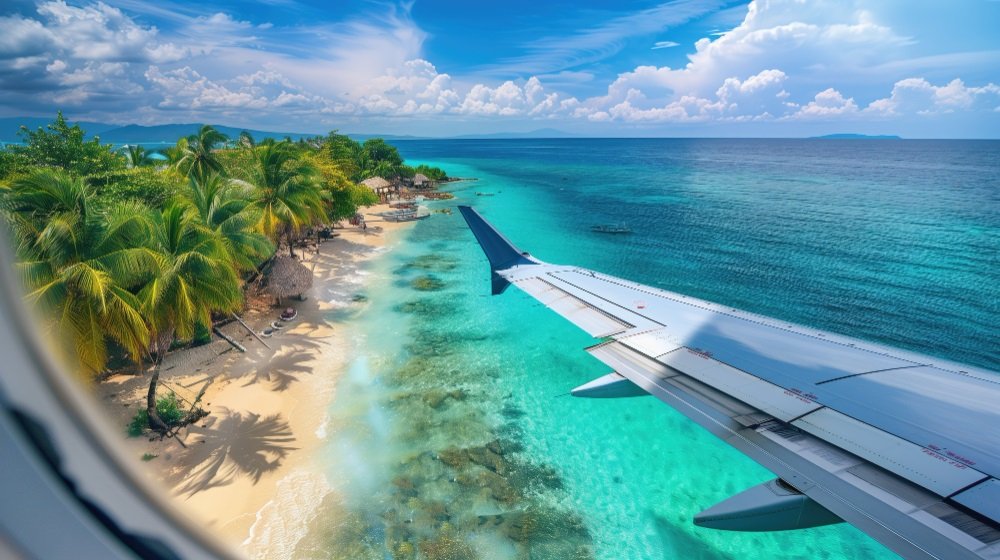Planning a trip to the Galapagos Islands, a UNESCO World Heritage Site teeming with unique wildlife and breathtaking landscapes, is an exciting endeavor. However, to make the most of your adventure, understanding the best time to visit is crucial. The islands’ weather patterns and wildlife activity fluctuate throughout the year, impacting your experience.
Get ultimate traveler plannerOverview
The Galapagos Islands boast a unique microclimate influenced by the cold Humboldt Current and the warm El Niño Current. This creates two distinct seasons: the wet season (December to May) and the dry season (June to November). Each season offers its own advantages and disadvantages for travelers.
Dry Season (June to November)
The dry season is generally considered the best time to visit the Galapagos. Expect sunny skies, calm seas, and lower humidity. This makes it ideal for wildlife viewing, as animals are more active and easier to spot. Snorkeling and diving conditions are also excellent.
Wet Season (December to May)
While the wet season brings more rainfall, it also offers unique opportunities. The islands are lush and green, and you might witness the arrival of baby sea turtles. Additionally, you’ll encounter fewer crowds and potentially lower prices during this time.
Ultimately, the best time to visit the Galapagos Islands depends on your priorities and preferences. Consider the weather, wildlife activity, and your budget when making your decision.
Best Time To Visit Galapagos Islands
The Galapagos Islands, a volcanic archipelago renowned for its unique wildlife and breathtaking landscapes, offer a truly unforgettable travel experience. To make the most of your trip, it’s essential to choose the right time to visit. The islands’ weather patterns and wildlife viewing opportunities vary throughout the year, influencing the ideal time for different types of travelers.
Dry Season (June to November)
The dry season, spanning from June to November, is generally considered the best time to visit the Galapagos Islands. During this period, the weather is typically sunny and dry, with minimal rainfall. Temperatures are pleasantly warm, ranging from 68°F to 84°F (20°C to 29°C). (See Also: Best Time To Visit Vienna Austria)
The dry season offers several advantages for travelers:
- Clear skies and excellent visibility, perfect for snorkeling, diving, and enjoying panoramic views of the islands.
- Calm seas, making boat trips more comfortable and increasing the chances of spotting marine wildlife.
- Concentrated wildlife viewing opportunities as animals gather around water sources and nesting sites.
Wet Season (December to May)
The wet season, from December to May, brings increased rainfall and humidity to the Galapagos Islands. While the weather can be unpredictable, with occasional showers, the islands still offer a unique experience during this time.
Here are some reasons to consider visiting during the wet season:
- Lower prices on flights and accommodation as it is considered the off-season.
- Abundant birdlife as many species breed during this time.
- Lush landscapes with vibrant green vegetation.
Choosing the Right Time Based on Your Interests
The best time to visit the Galapagos Islands ultimately depends on your individual interests and preferences.
| Activity | Best Time |
|---|---|
| Snorkeling and Diving | June to November (dry season) |
| Wildlife Viewing (Land Animals) | June to November (dry season) |
| Birdwatching | December to May (wet season) |
| Photography (Landscapes) | June to November (dry season) |
| Budget Travel | December to May (wet season) |
For the best combination of clear skies, calm seas, and abundant wildlife, the dry season is highly recommended. However, if you’re seeking a more affordable trip and are interested in birdwatching or experiencing the islands’ lush landscapes, the wet season can be a rewarding choice. (See Also: Best Time To Visit Gorillas In Rwanda)
In conclusion, the Galapagos Islands offer a unique and unforgettable travel experience year-round. Each season presents its own distinct advantages, from the cooler, drier months ideal for wildlife viewing to the warmer, wetter periods when marine life thrives. We explored the nuances of each season, highlighting the best times to witness specific species, enjoy various activities, and navigate the islands’ weather patterns.
Whether you’re seeking to observe nesting sea turtles, witness the spectacular whale breeding season, or simply experience the islands’ diverse landscapes, the Galapagos Islands have something to offer every traveler. By carefully considering your interests and travel preferences, you can choose the perfect time to embark on your own extraordinary adventure in this natural wonder.


